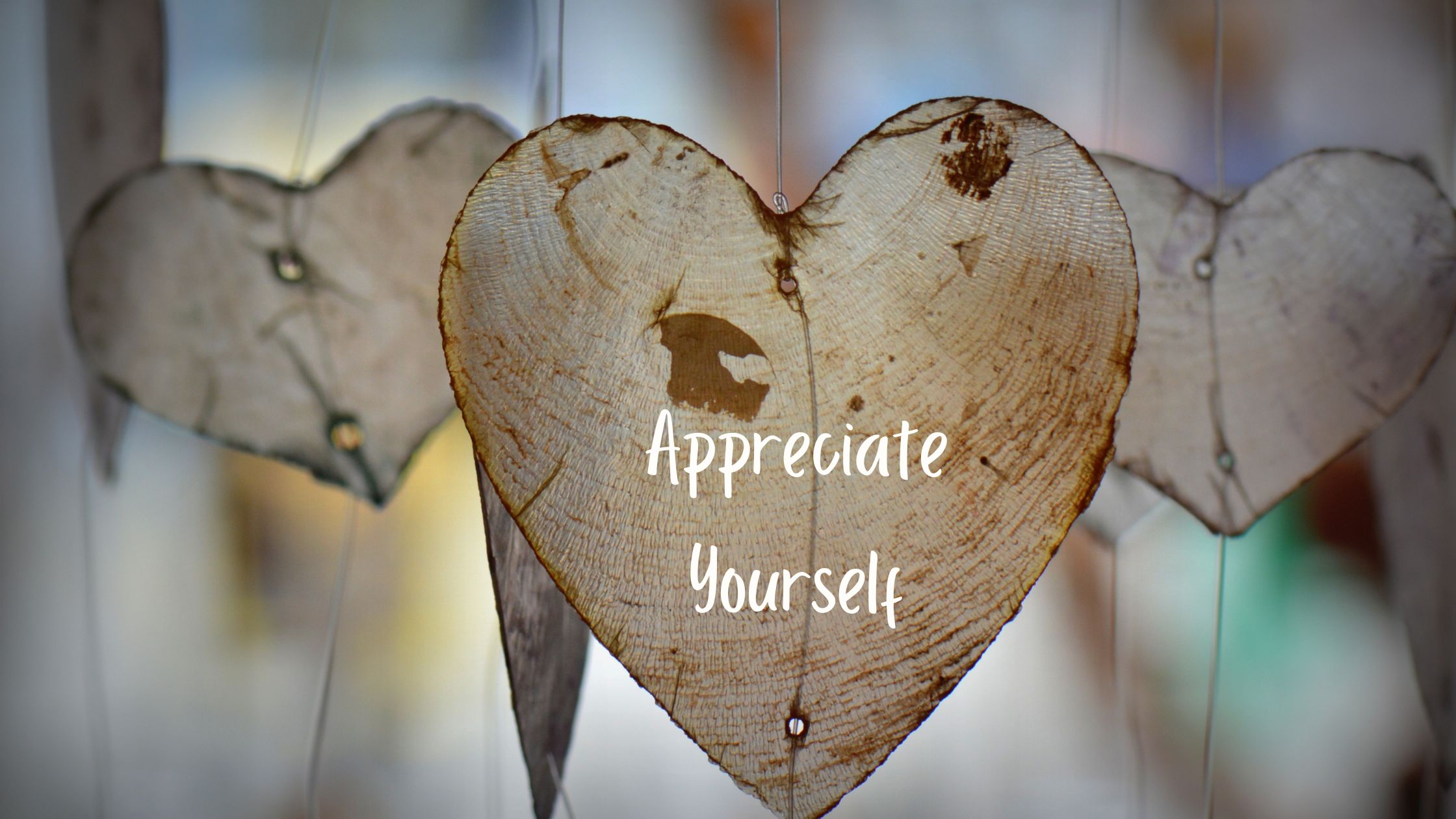
With Internal Family Systems, IFS, we look within to develop a deeper understanding of our parts. These inner parts are aspects of ourselves which hold memories, beliefs, emotions, and behaviors.
As we learn about these parts, we begin to understand why they hold the behavior patterns we judge as bad, or wrong. Deepening our understanding, we begin to see that these patterns were originally created to cope with painful situations. With practice, we’re able to see that even if a pattern is currently unhelpful, perhaps even harmful, it was created by a part in order to protect us.
Approaching a part with compassion and curiosity is the first step to help it let go of old pain, patterns, and beliefs. This compassion, along with the desire to understand a part, is what contributes to self-forgiveness. Eventually, we can even open to appreciation for the ways in which our parts have tried to help us. It’s this type of attention helps a part begin to shift.
When we’re able to appreciate a part we’ve previously disliked, it becomes easier to do this with our other parts. Remember that each part serves a purpose, no matter how misguided it might seem. A part will hold onto its purpose until it feels safe enough to let go of outdated behavior and beliefs. We cultivate this safety with our compassion, curiosity, and appreciation.
What happens when you don’t forgive yourself? Think about all of the ways you deny yourself pleasure. Or limit yourself. Or overcompensate to make up for what you believe you’ve done wrong. Certainly, it’s important to take responsibility for our behavior, and mistakes. What happens so often, however, is that we use punishment to hold ourselves eternally guilty.
Take a step towards self-forgiveness:
Bring to mind a part of you which you’ve a hard time accepting, or appreciating. It doesn’t have to be a part you strongly dislike. For the purposes of this exercise, choose something with low to moderate intensity.
Notice how you feel towards this part.
Ask yourself if you can stay open. Can you approach this part with neutrality, curiosity, or compassion? Without making it wrong?
When you sense that you can remain neutral, curious, and/or compassionate, tune into the part. Notice what comes up. Do you notice any visual or visceral representations of this part?
Ask some or all of following questions: How old are you? Why are you here? What are you trying to do for me? What are you afraid will happen if you stop doing what you’re doing? Do you need help from me?
Listen for any insights that come up for you. Write down important points
Share your appreciation with this part. Thank it for helping you.
This technique will help you cultivate appreciation and forgiveness for what you’ve previously judged as wrong. A simpler technique is to check in with a challenging part (or feeling) as it comes up. Allow yourself to notice it, without making it wrong, and if you can, send it some compassion. Let it know that you see it. Checking in is sometimes enough to help your parts feel settled.
To explore intense feelings and parts, reach out to a trained professional for guidance. You might be truly amazed at the beauty you find within yourself.
Wishing you inner peace,
Marian
To learn more about parts work, sign up for a complimentary Self-Discovery Call.
Leave a Reply